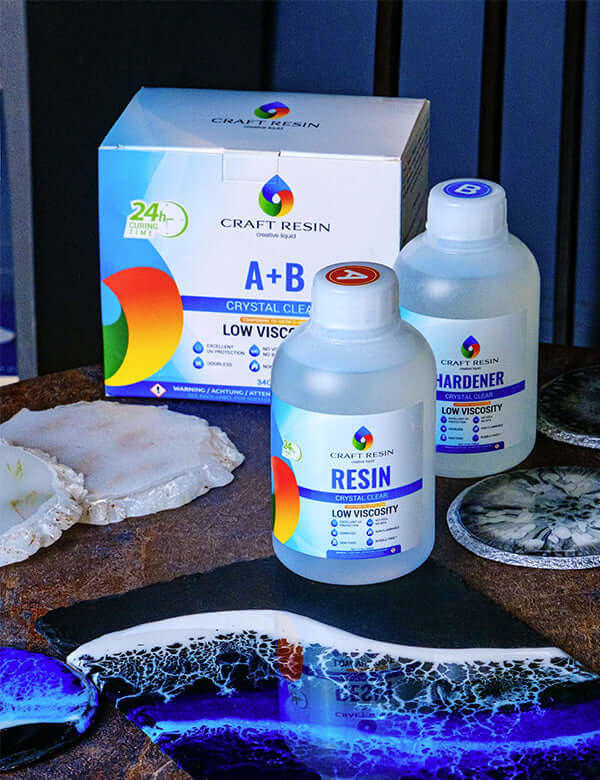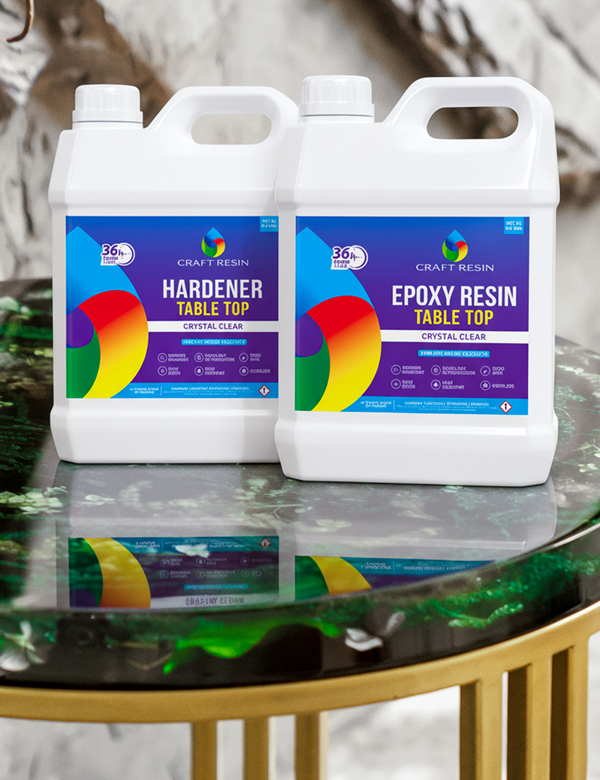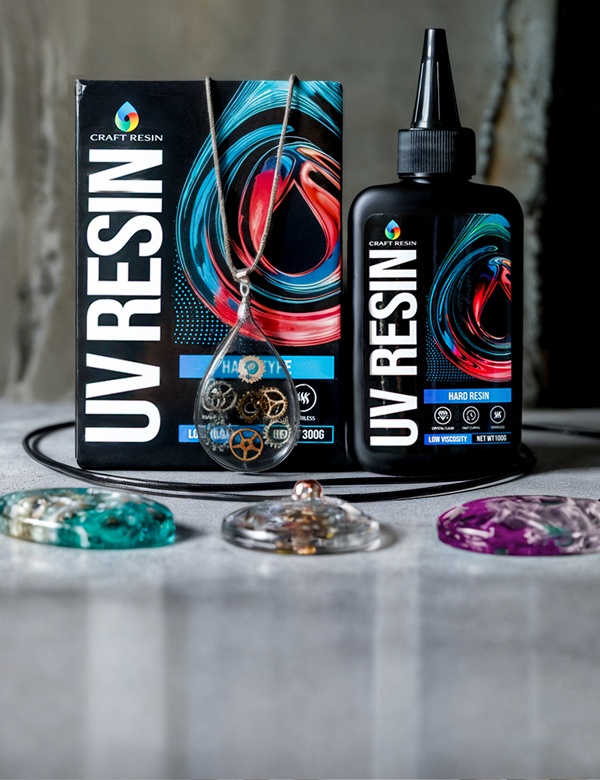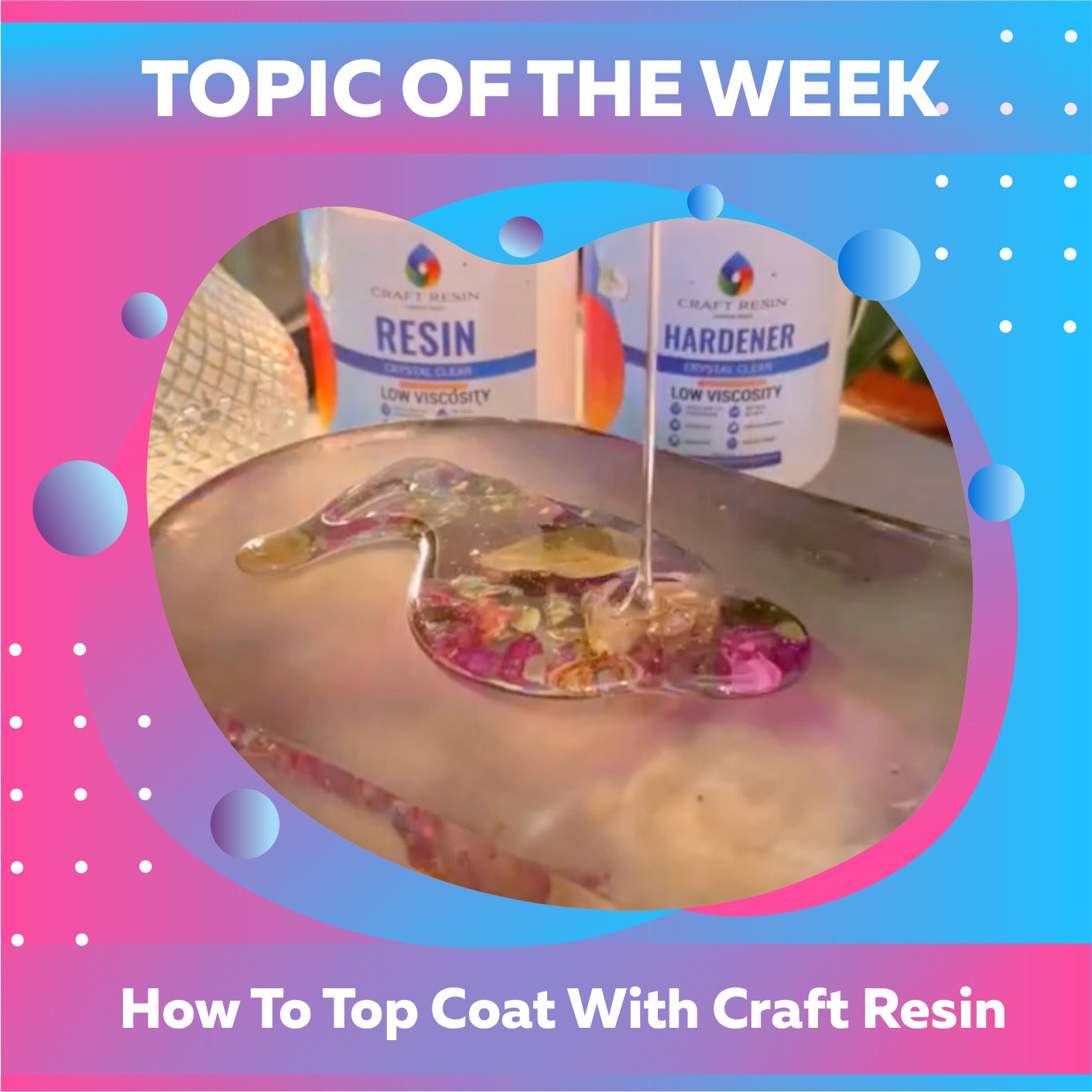Not all epoxy resin for art will require a Top Coat applying to them, most of the time your project will have the glossy finish you desire without needing an extra layer. However you might need to apply a Top Coat to a project if the first layer has any imperfections in it, or it isn't even, or if you'd like to add on a dome affect to your work.
If you would like to add a Top Coat of clear epoxy resin UK to your project then keep reading to find out how.

Adding a top coat to your projects can help resolve issues like bubbles appearing in the surface of your work, amine blushing forming during the curing phase on top of your projects, or dirt/debris in the top of your creations. When your work has cured and you notice any of these imperfections please don’t worry, removing these imperfections then adding another layer of resin to top coat your work can work wonders to cover blemishes up.
In order to top coat your work you will first need to sand your projects top surface down. If your work has fully cured then another layer of epoxy resin won’t bond to the cured layer below without including this step. Gently sanding down the first layer, or until your imperfection is removed, with a sand paper of about 120 grit, then cleaning any sanding debris, will enable you to pour another layer of epoxy resin on top of your project.
Please note: When sanding epoxy resin, your resin will look scuffed, however when the next layer of resin is added this will make the scuffs disappear, the scuffed surface is needed for the resin to bond to the first.

There are a couple of ways that you can topcoat your work around the edges of your projects:
1 - If you place your project on something like a paper cup to stand the resin project up from a desk/worktop that is covered by a protective plastic sheeting. If you cover the bottom of your project at the edges with something like tic tape this will make any drips easier to remove afterwards. You can then gently pour another layer of resin mix on top and let it flow over the edges, if you pour slowly you can get more of a control over this part. You can then use your gloved finger to gently make sure all the edges are covered by the resin, then leave it to cure.
2 - Another way you can do this is to add a liquid latex to the bottom, or sides of your project, then when you pour the resin mix over it gently and mix that cures over the edges will be easily removed by the liquid latex. You can find out how to do this technique in our Liquid Latex YouTube video.
With either technique you use you will need to monitor after pouring to see if any bubbles do appear in your freshly poured top coat. If they do then use a spritz of alcohol spray over them and watch them disperse, or use a heat torch to get rid of them also. If you have used alcohol spray, please don't then use the heat torch, for obvious reasons. You may need to repeat the bubble steps a couple of times and so monitor for the first few hours checking back regularly to see if any new ones have appeared.

With top coating most of the time you’ll be able to simply top with a clear epoxy resin, but if you do want to get creative you can add things like a few bits of glitter, which won’t distract from the colours you have used in layers below, but this could give an extra touch of sparkle. This is simply part of the creative process, it’s not necessary to add anything like glitter into a top coat, but it’s up to your creative flare to experiment with this and create items that you love.
Our normal epoxy resin is food safe, heat resistant and scratch proof when fully cured, after 21 days, the resin projects can withstand temperatures of 200F or 93C. Projects created with our brands resin have this regardless if they are top coated or not, so top coating won’t offer anymore protection than the resin mix already does.
If you are using our Deep Pour clear epoxy resin kit for your project this will reduce the heat resistance to 18F or 80C after 21 days full cure. If you need higher than this, it might be worth creating your project using the Deep Pour resin, the top coating with our normal resin which will take it up to 200F or 93C. You can apply our normal resin to our Deep Pour resin when the layering techniques above are used.
Topic Of The Week Giveaway:
We have attached a giveaway to these Topic Of The Week announcements on our Instagram platform, this is helping us to spread the knowledge of how to use epoxy resin further, but also enabling anyone who helps us share this information to win free resin and mica powders.

To enter the weekly giveaway please see the latest post pinned to the top of our Instagram feed and follow the instructions to enter:
Team Craft Resin







